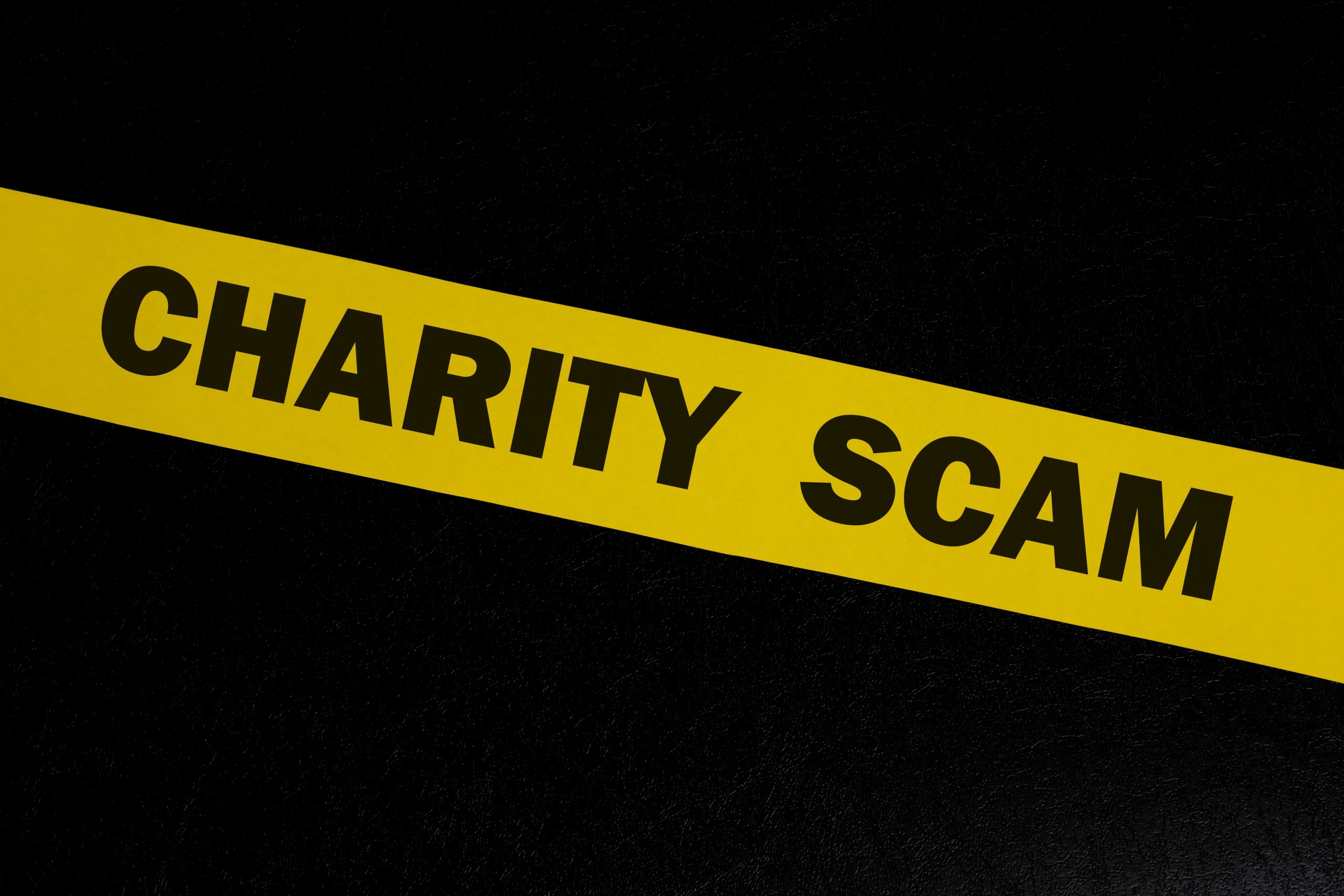“The check is in the mail.” That used to be a common excuse about why a creditor had not received your payment, but now it may be a warning. Scammers are increasingly stealing the mail, altering checks, depositing them, and quickly withdrawing cash before banks flag the payments as suspicious.
Americans, especially older ones, continue to rely on paper checks, creating an opportunity for fraudsters to steal with relative ease. While check writing is declining, check fraud is on the rise.
In this age of digital payments, writing a check and putting it in the mail may seem like a relic of a simpler time. Instead, it’s an invitation for theft.
When you put a check in the mail – either the one outside your house or the blue Postal Service mailbox on the street corner – it’s a red flag to steal your money and maybe your identity, too.
One of the most popular methods these thieves use is “washing.” Once they steal your check, they literally wash your writing off and re-write the check to a different person with a higher payment amount. How do they do it? They use nail polish, bleach, and other common chemicals. They can easily turn your $120 check to the utility company into a $5,000 check to Joe Shmoe.
In a high-tech age, it’s a low-tech fraud.
Victims often don’t realize that their checks have been stolen and washed until their bank accounts have been drained.
And to make matters even worse, it’s not a one-and-done crime. The scammers also steal the personal information on your check. There’s the information pre-printed on the check, such as your name, address, bank account number and bank routing number. And often people print other personal info on their checks, everything from their telephone number to their Social Security number. The thieves retain that information and often brazenly sell it online to others anxious to steal from you.
The fraudsters have other techniques as well. Some print fake check copies using copiers, scanners, or readily available software. This technique is known as “cooking.” The U.S. Postal Inspection Service recovers over $1 billion in counterfeit check and money orders yearly.
In addition to having your money stolen, it can hurt your credit score and lead to late fees when your payment does not arrive at its intended destination.
Don’t Despair (Yet)
There are some effective ways to fight back.
The simplest and most effective way is to move into the 21st century. Write fewer checks. Instead, make payments online either by using a credit card or by direct withdrawal from your bank account through online or mobile banking. When doing so, ensure you’re using a secure device and not connected to public Wi-Fi.
You can also use electronic transfer systems, such as ACH (Automatic Clearing House), which securely transfer your money directly between bank accounts.
Peer-to-peer apps such as Venmo, Zelle, and PayPal provide a secure and quick way to send money to family and friends. Apple Pay, Google Pay, and other digital wallets are also safe.
Then there’s the $1.99 solution. If you insist on writing checks, only use blue or black gel pens. It’s much harder for the scammer to wash checks written in permanent ink. (no ballpoint pens!)
That’s Not All
Other counter-measures you can take include:
• Only mail your checks from inside the Post Office.
• Ask your bank for security checks containing a hologram or printed on safety security paper, which is much harder to wash. These checks may cost more, but it’s worth it.
• Frequently check your bank account balance to ensure you have not been defrauded. If you detect some shenanigans, contact your bank immediately and call the Postal Inspection Service at 1-877-876-2455.
• Ask your bank to send checks on your behalf, removing much of the personal information from your payment.
Banks are fighting back to counteract these fraud schemes, but they are constantly playing catch-up.
To protect your money and your identity, it’s vital that you are aware of the risks of writing checks and that you adopt safer alternatives.



